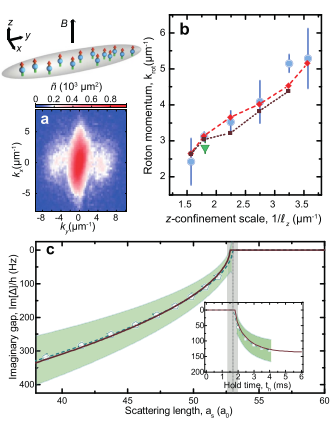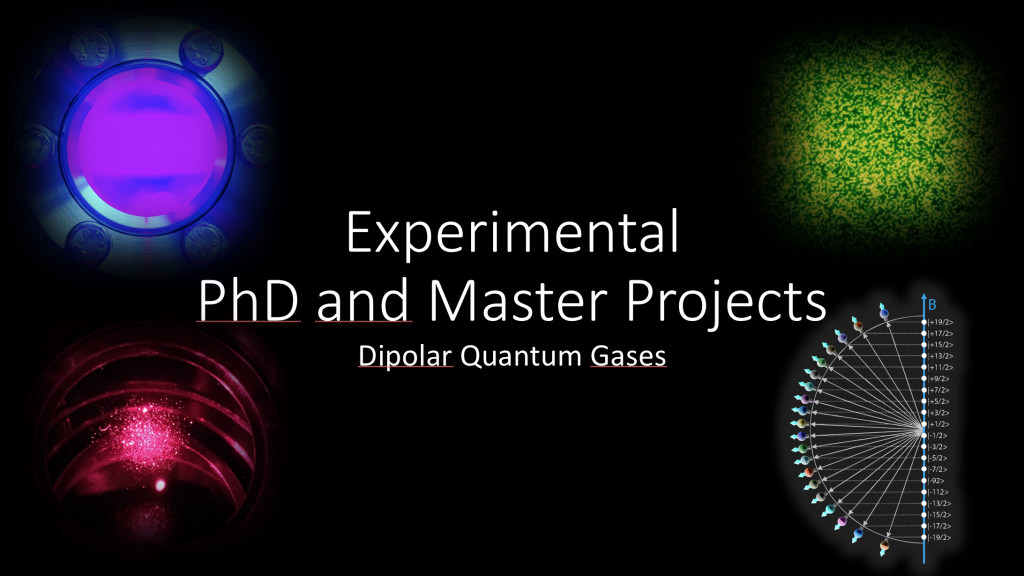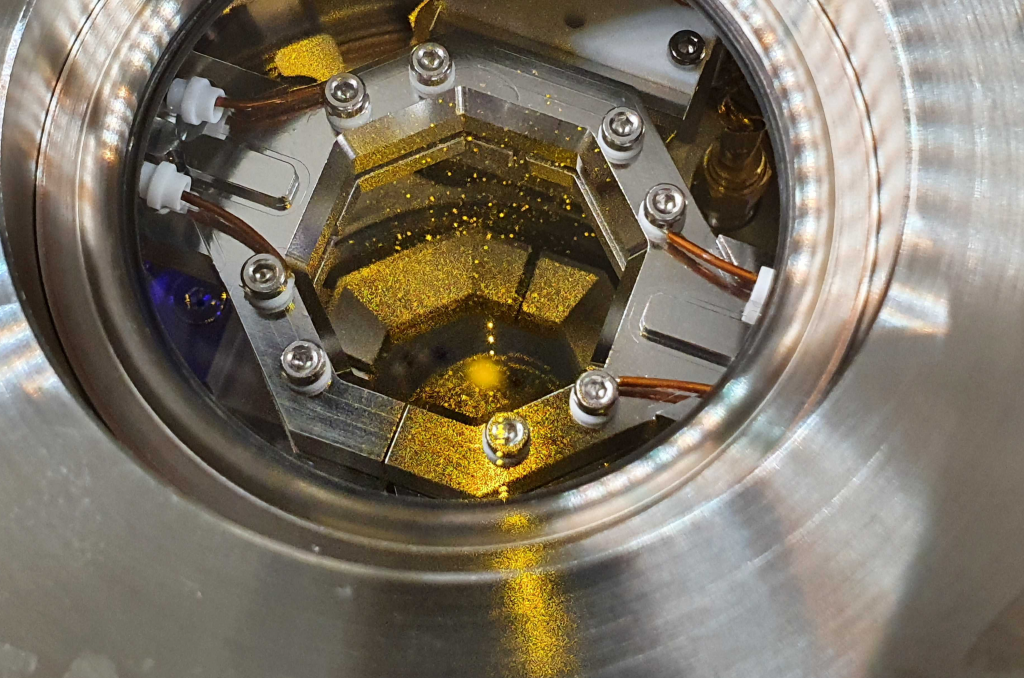Now published in the journal “Physical Review Letters”, and featured in Physics Magazine as an Editors’ Suggestion!
The T-REQS Lab presents the first successful trapping of single erbium atoms in an array of optical tweezers, marking a significant milestone in the use of erbium for quantum simulation. For the experimental details of this achievement by the T-REQS team, see the following excerpt from the abstract:
Using a single narrow-line optical transition, we achieve deep cooling for direct tweezer loading, pairwise ejection, and continous imaging without additional recoil suppression techniques. Our tweezer wavelength choice enables us to reach the magic trapping condition by tuning the ellipticity of the trapping light. Additionally, we implement an ultrafast high-fidelity fluorescence imaging scheme using a broad transition, allowing time-resolved study of the tweezer population dynamics from many to single atoms during light-assisted collisions. In particular, we extract a pair-ejection rate that qualitatively agrees with the semiclassical predictions by the Gallagher-Pritchard model.
See the article in PRL here: https://journals.aps.org/prl/abstract/10.1103/PhysRevLett.133.223402
Read the Physics Magazine Synopsis here: https://physics.aps.org/articles/v17/s151
See the pre-print here: Optical Tweezer Arrays of Erbium Atoms arxiv.org/abs/2405.01499.





